Metropolis (2001)
My oh my. A year goes by so fast, doesn’t it?
Why, it was only last January that I was telling you all how there was a new Covid Variant which was causing our local school and créche to close, meaning I had to mind the kids all day, which meant I was getting absolutely no writing done. And now, look how far we’ve come!
The FUCKING variant has a FUCKING different NAME.
OH BRAVE NEW WORLD.
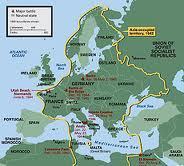 “Eh Mouse? Your eye is doing that twitch again.”
“Eh Mouse? Your eye is doing that twitch again.”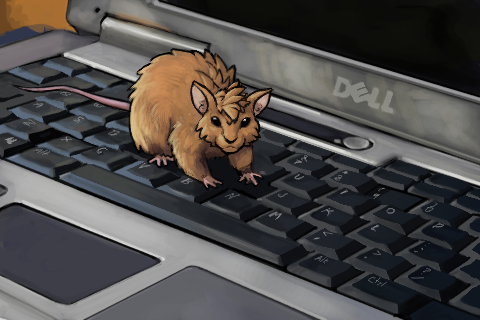 “Yeah. I twitch now. Deal with it.”
“Yeah. I twitch now. Deal with it.”Anyway. Yeah. Shorter review than usual. Not my fault. I wish this virus was a person so I could punch it in the dick, yadda yadda yadda.
In 1927, Fritz Lang created the future.
Metropolis, his sprawling, 2 hour silent epic is without question the most influential science fiction movie ever made, with its visual influence still to be seen almost a century after its release. Bladerunner, Star Wars, The Fifth Element, Futurama… its stamp can be seen on these and so many more. The basic iconography of the future as being huge, glittering skyscrapers through which tiny flying cars buzz like insects is still our visual shorthand for “future”. It remains, even to CGI-Jaded modern eyes, a jaw-dropping, visually spectacular film. Metropolis tells the story of young, naive scion of privilege Freder Fredersen who becomes embroiled in a worker’s revolution against the rule of his industrialist father as he tries to bring justice to the futuristic Metropolis of…um, Metropolis. He does this mainly by looking like he’s about to kiss literally every dude he meets.




If you were wondering about the difference in film quality between those images, the movie was actually considered partially lost for most of the last century until a partially damaged print was found in Argentina in 2008, once again allowing the film to be seen nearly in its entirety. And, like anything German that was missing for decades before being discovered in Argentina under mysterious circumstances there’s almost certainly an innocent explanation and we should not ask any more questions.
Metropolis posits a future where technology has allowed a small, pampered elite to live a charmed existence free of want and suffering while a massive, unseen labour force toils in virtual slavery to meet their every need.
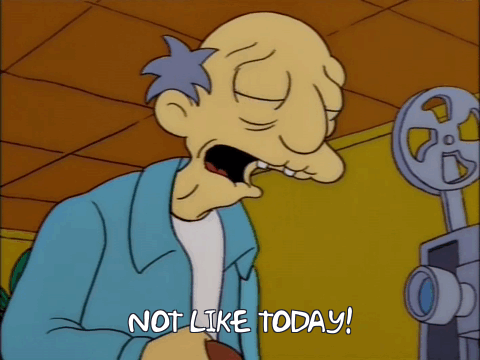
But that’s not the movie we’re looking at here, but rather one of the roughly billion or so films that were inspired by it. Follow me now to Japan in 1949, where Osamu “Call me the Godfather of Manga in your Review or the Weebs Will Riot” Tezuka created his science fiction epic manga: Metropolis, based on Lang’s film. Sort of.
See, Tezuka claims he hadn’t actually seen the movie when he started creating the manga, and that the entire thing was based on a single still frame that he saw in a magazine. And I believe him. I haven’t actually read the Manga but a glance at the summary on Wikipedia tells me that Tezuka was probably ploughing his own furrow.
 I…kinda wanna read this now.
I…kinda wanna read this now.To put it another way, Fritz Lang’s Metropolis and Osamu Tezuka’s Metropolis have about as much to do with each other as Kimba the White Lion and The Lion King: Fuck and All.
But then, in the nineties, Madhouse decided to make a feature length animé adaptation of Tezuka’s manga, while also drawing in far more elements of Lang’s original film. The good news is that we got a film that frequently appears on lists of “Greatest Animé of all Time”. The bad news is that Sherlock Holmes did not survive the adaptation process. For, as we all know, Japanese Sherlock Holmes is the BEST Sherlock Holmes.
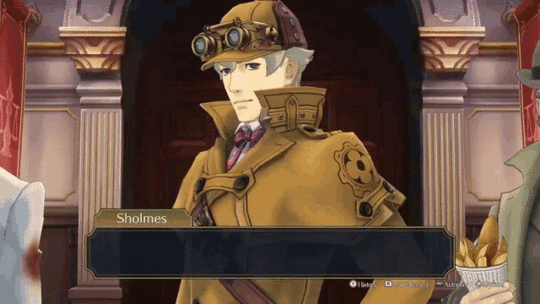
Metropolis 2001 wastes no time immersing us in the titular city, a gorgeous Art-Deco playground thrumming with swinging Jazz music.
 Repeat after me: My retro-future sci-fi will have giant zeppelins or it will be garbage.
Repeat after me: My retro-future sci-fi will have giant zeppelins or it will be garbage.While the twenties aesthetic is obviously paying homage to Lang’s original film, we soon see that this Metropolis is different in several key ways. Most importantly; in Lang’s city there is only one robot, the iconic Maschinenmensch created by Doctor Rotwang to destroy the city and played by Brigitte Helm having more fun than any woman has ever had on screen in the entire history of cinema.
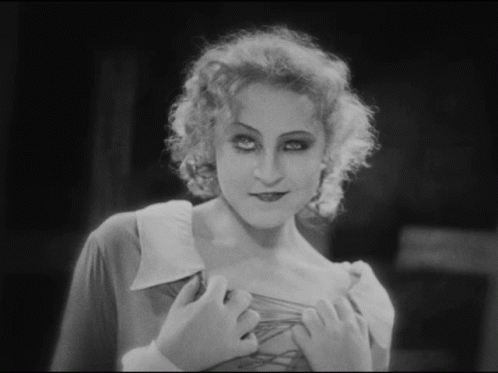
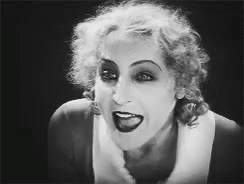
Oh what, like YOU’VE never crushed on a 116 year old German lady.
Sorry, got sidetracked. The big difference is that in Metropolis 2001 robots are everywhere, and have taken most manufacturing jobs, creating rampant unemployment and a bitter, politically radicalised working class.
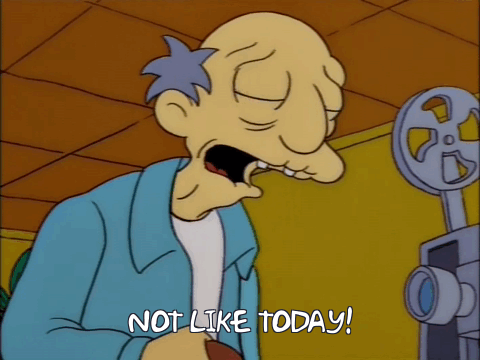
The movie subtly and effectively weaves this necessary backstory into the narrative by having random characters standing around and saying things like:
“But we need robots for our economy!”
“Yes! But the human workers resent the robots and that’s bad for everyone!”
 Writing.
Writing.Yeah. So, my big (and really, if I’m honest, only) criticism of this movie is that the script has all the grace and subtly of a cinderblock being pushed up each nostril. The dialogue isn’t bad per se it’s just thuddingly on the nose. Granted, I watched a dubbed version and it’s perfectly possible that the original Japanese was a masterclass in Wildean wit and if it is feel free to call me a filthy casual in the comments. Mind you, that movie’s insistence on baldly stating its themes directly to the audience is another thing that it absolutely shares with Lang’s original.
 Did you know the Mediator between head and hands must be the heart? Well it must.
Did you know the Mediator between head and hands must be the heart? Well it must.All of Metropolis is celebrating the creation of “The Ziggurat”, a massive sky-scraper that will allow Metropolis to extend its power over the whole Earth. Somehow. No one really knows how, but the good people of Metropolis aren’t ones to look world conquest in the mouth. The Ziggurat’s creator, billionaire industrialist Duke Red is asked by reporters if he’s going to enter politics now that he’s finished the ziggurat. But Duke pulls the old “I’m just a simple man of the people” and says that he has no interest in running against his good friend, President Boone.

Meanwhile, the celebrations are being watched by two new arrivals to the city: Sunsako, a detective from Tokyo, and his nephew Kenichi. To their horror, they see a robot protestor being gunned down by one of the Marduks, an anti-robot paramilitary group. Now, if you felt a slight twinge of familiarity then you may be thinking of another very well known animé that has security forces gunning down a political dissident before a shocked crowd.
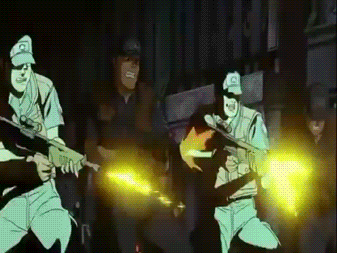
Perhaps not coincidentally, this movie’s script was written by Katsuhiro Otomo, the creator of Akira and there’s definitely a lot of similar beats throughout the story, right up to its apocalyptic, body-horror filled climax. Which, I suppose, brings me rather neatly to the biggest incongruity of this thing. The character designs.
The story is tense, serious, often bloody tale of class struggle, urban unrest and horrifyingly powerful technology gone awry. That is, very much in the same vein as Akira. But the character models are still closely following Tezuka’s early-animé, heavily-Disnified design principles. Which means we get characters who look like this.

I’m not saying it’s bad exactly (in fact part of me really enjoys the incongruity of it) but there are definitely times when it works against the story. For example, take Rock. Rock is the adopted son of Duke Red, his chief enforcer and the leader of the Marduks (he’s the one who guns down the robot protestor). He desperately wants to win the approval of Duke Red who refuses to even acknowledge him as his son.
So, nasty scary guy with a dark, troubled, emotionally turbulent back story. And he looks like this.
 Daaaaaaw. Looks like he’s on his way to the nearest Pokémon gym.
Daaaaaaw. Looks like he’s on his way to the nearest Pokémon gym.Anyway, the next day Sunsako and Kenichi visit the Metropolis police commissioner and tell him why they’re in the city. They’re on a manhunt for a fugitive named Doctor Laughton, who looks like his arch enemy would be some kind of sassy talking animal with a nineties ‘tude.
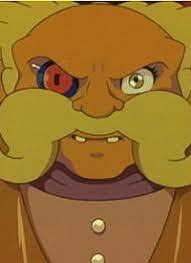 “Curse you Spunky Chipmunk!”
“Curse you Spunky Chipmunk!”He’s actually wanted for organ-trafficking, illegal vivisection, animal cruelty and human rights abuses (see what I mean about the incongruous designs?). The superintendent says that the police are working flat out at the moment and he can only spare them a robot police officer. Shunsaku and Kenichi are sent to a basement where they meet 803DRPDM4973C, their new partner.
 “Before I joined the force I was a crash test dummy.”
“Before I joined the force I was a crash test dummy.”Shunkatsu struggles with the robot’s serial number and 803DRPDM4973C says that robots aren’t allowed have names. Shunkatsu says “nuts” to that and names him “Pero” after a dog he once had, who was a “good dog”.
You know, normally a scene like this where a being who’s only ever been referred to by a dehumanising code is given a name, it’s supposed to be heartwarming. But for some reason this falls a bit flat for me.
 “Hey, what’s your name?”
“Hey, what’s your name?” “FN2187. Only name they ever gave me.”
“FN2187. Only name they ever gave me.” “Well I ain’t using it. From now on, I’m going to call you Mister Whiskerpants.”
“Well I ain’t using it. From now on, I’m going to call you Mister Whiskerpants.”
Pero tells Shusaku and Kenichi that if Laughton really is in Metropolis he won’t be on the surface, which is under constant surveillance, but in the lower, lawless levels of the city underground so they head down there.
Turns out Laughton is in Metropolis and is working for Duke Red. He’s created Tima, a super realistic gynoid based who Duke will use as the CPU of a powerful superweapon hidden inside the Ziggurat and who (on Duke’s orders) Laughton modeled on Duke’s dead daughter.
 Look, we all process grief differently.
Look, we all process grief differently.Actually, I’ve just realised something. I’m not entirely sure if “Duke” is a name or a title. I mean, I assume it’s a name but if not, my apologies to His Grace. Anyway, Duke is very pleased with Laughton’s work and leaves. But then Rock breaks into the laboratory to see what his father has been getting up to. Rock hates two things: robots and not being Daddy’s Special Little Man, so when he sees the robot duplicate of his dead step-sister who his father is planning on putting in charge of the whole world he goes berserk, shoots Laughton and sets the lab on fire.
Shunsako, Pero and Kenichi arrive just in time to watch Laughton’s laboratory go up in flames. Entering the inferno, Shunsako finds a dying Laughton who gives him a notebook right before he dies. Kenichi finds a naked girl stumbling through the flames and rescues her, but they both fall into the sewer and become lost.
Duke Red is furious at the news of the lab’s destruction, but decides to press on with the test run of the Ziggurat. This causes an EMP blast to bathe the city and causes many robots to go berserk until they’re gunned down by the Marduks. President Boone is advised by his advisors that Duke Red has gone too far and the time has come to move against him.
 Well, how could you NOT trust a face like that?
Well, how could you NOT trust a face like that?I’ll be honest, I always thought there was a rather worrying anti-democratic strain in Akira, with all elected officials being depicted as corrupt, nefarious, incompetent or all three. And this script has more of the same. I mean, the President is basically ordering his government to take action against the man who treasonously used a superweapon against his own nation. I mean…yeah. Good. But it’s presented with sly looks and villainous cigars and a distinct air of “at last, now is our chance”.
 “And then! I shall give the pathetic citizens of this city free healthcare! NYA HAHA!”
“And then! I shall give the pathetic citizens of this city free healthcare! NYA HAHA!”Meanwhile, Rock realises that Tima escaped the fire and begins tracker her through the lower levels. Shusaku and Pero notice him shifting through the ashes and realise that he’s the culprit and follow him, hoping that he’ll lead them to the missing Kenichi. Unfortunately, Rock goes down to Level 3, the sewage level, and Shusako and Pero have to lodge a missing persons report before they’ll be able to follow him.
Down in Level 3, Kenichi has been doing the whole “innocent child teaches robot what it means to be human” routine with Tima. Rock finds them and tries to kill them both but they escape.
You know what I just realised? I haven’t mentioned the backgrounds. Holy shit guys, those grounds in the back. You gotta see ’em.



In the wake of the brief robot uprising caused by the Ziggurat, the city’s working class humans stage an uprising and march on the upper levels. Pero tries to reason with the rebels and gets brutally gunned down as Tima and Kenichi watch in horror.
President Boone prepares to make a statement saying that he’s taking control of the military. Which…is not the most reassuring thing to hear your president say.
 “You…weren’t in control?”
“You…weren’t in control?”But before he can do that, he’s betrayed and assassinated by one of his generals and it looks like the political system is now totally under the control of an unelected billionaire tech guru.
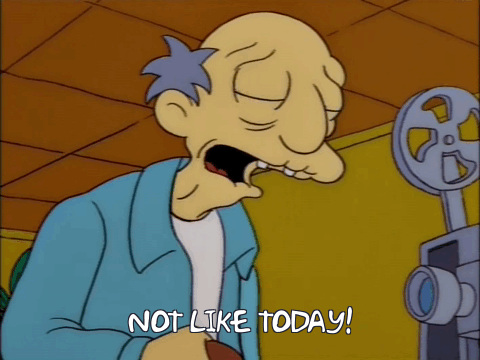
Shunsaku meets up with Kenichi and Tima but they’re captured by Duke’s men and brought to the Ziggurat. Tima asks Duke who she really is and Duke tells her that it’s her destiny to save the world. But Rock suddenly appears and shoots Tima, revealing her circuitry. This causes Tima to enter a state that Machine Learning experts call “Bug Nut Shitballs Cray Cray” and she takes control of the Ziggurat and sets every robot in the city on a rampage and that’s just for starters.
Really connecting with her inner Skynet, Tima tells the humans that their entire race will be wiped out in seventeen hours. Duke Red tries to flee but is cornered by the rampaging robots. Not wanting his father to die at the hands of disgusting machines, Rock sets off an explosion that kills them both.
 “Oh thank God, I think I see a way through!”
“Oh thank God, I think I see a way through!” “Don’t worry Father! We’ll be together in heaven forever!”
“Don’t worry Father! We’ll be together in heaven forever!” “What? WAIT NO!”
“What? WAIT NO!”
As the Ziggurat burns around them, Kenichi tries to get his robot girlfriend to remember all the good times they had and recover her humanity. If movies have taught me anything, it’s that getting a killer robot to remember their humanity and override their evil programming is one of the easiest things that anyone will ever have to do. It’s always the same:
I MUST KILL HUMANS
But Killbot! Don’t you remember that time we had soup together?
OH MAN, THAT WAS SOME GREAT SOUP. I LOVE YOU.
So I am absolutely shocked to have to report that Kenichi fails at this one, incredibly simple thing. Tima doesn’t regain her sense of self and plummets to her death.
 Buddy, c’mon, it’s not hard.
Buddy, c’mon, it’s not hard.Anyway, Metropolis is completely destroyed but at least Duke Red is gone now and the robots return to normal. As is always the case after a violent revolution, all the parties involved decide to let bygones be bygones and just forget about all that unpleasantness. Kenichi decides that he wants to stay in Metropolis and help rebuild, possibly out of guilt for completely screwing the pooch with that botched robot redemption which was a total gimme. And so the movie ends.
Oh except for a single still image right at the end of the credits where we learned that Kenichi opened up a robot repair shop and managed to rebuild Tima.
 Yeah. Not really important. Sneak that in at the end of the credits. That’s fine.
Yeah. Not really important. Sneak that in at the end of the credits. That’s fine.***
Best animé ever made? No. I can think of several animé movies I’d put ahead of it and it’s not like I’ve seen that much of the genre. It doesn’t have the emotional power of A Silent Voice, the visceral thrill of Akira or the “literally-everything-about-this-movie-is-perfect” quality of Princess Mononoke.
That said, if you love animation and you want a movie that is just a sumptous, gorgeous, visual banquet (and you’re not too pressed about story) then Metropolis delivers in spades.
Scoring
Animation: 19/20
There are sequences here that I would rank as some of the very, very best animation I have ever seen. Practically photo-realistic movement. But the rest of the movie, while excellent, doesn’t quite reach those heights.
Leads: 09/20
Where the movie is let down is in its characters. Kenichi and Tima are both bland, stock, and more than a little saccharine.
Villain: 08/20
I’d possibly rank this higher if I saw the original Japanese dub. None of the English voice actors were noticeably good but Rock’s performance sounded real phoned in.
Supporting Characters: 12/20
Sunsako and Pero have some nice moments.
Music: 18/20
An absolutely killer soundtrack of classic New Orleans Jazz means that Metropolis has atmosphere to burn.
FINAL SCORE: 66%
Next time I’ll be reviewing…
 “WHAT ABOUT MIRABEL?!”
“WHAT ABOUT MIRABEL?!” “I’LL GET TO IT, JUST NOT YET! I GOTTA LOTTA COMPLICATED OPINIONS TO WORK OUT!”
“I’LL GET TO IT, JUST NOT YET! I GOTTA LOTTA COMPLICATED OPINIONS TO WORK OUT!”NEXT UPDATE: 18 February 2022
NEXT TIME:




